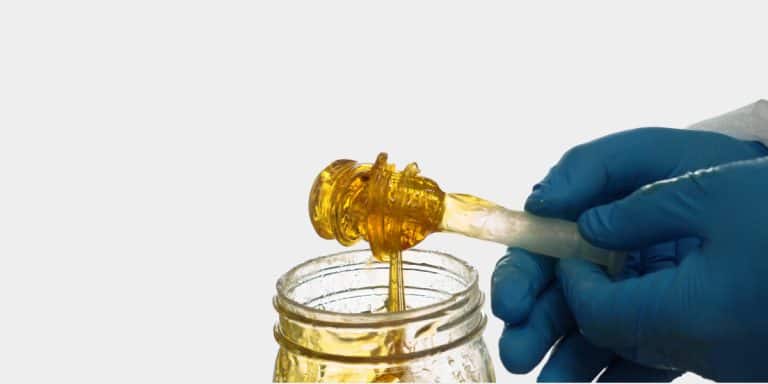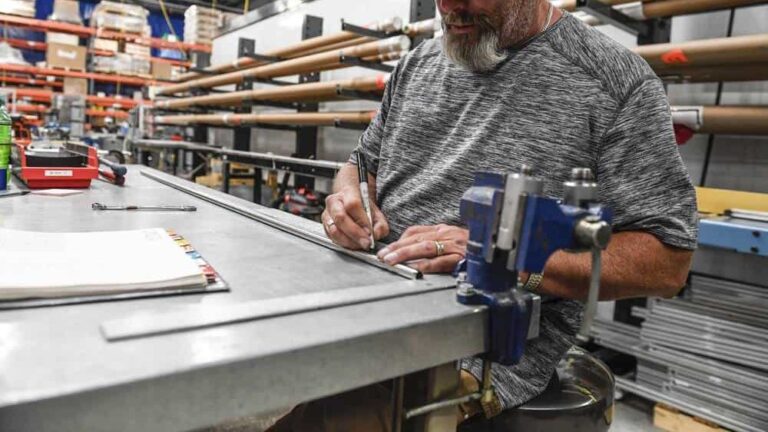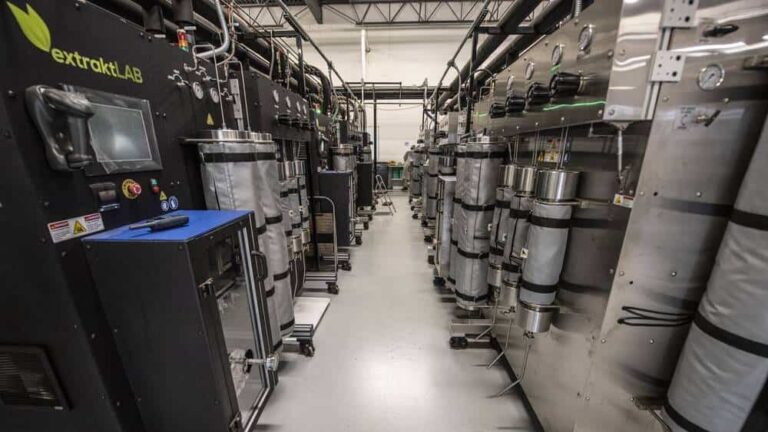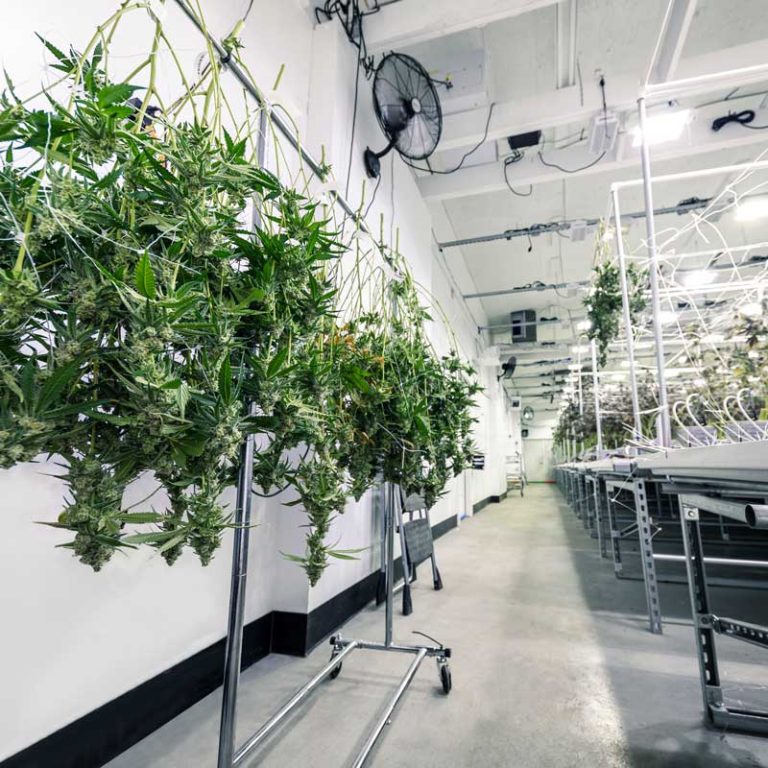A Guide to The CBD Extraction Process
Overview
CBD (Cannabidiol) is a powerful compound popular for its ability to manage pain, reduce anxiousness, and support overall well-being without the psychoactive effects of THC. It is an excellent option for individuals seeking natural remedies. Below, we break down the extraction process and how you can attain clean, efficient, and scalable CBD oil production.
How CBD Oil is Extracted
CBD oil is extracted from hemp or cannabis plants, typically using CO2, ethanol, or hydrocarbon solvents. CO2 extraction systems lead the industry by utilizing supercritical CO2 as a solvent, offering unmatched purity and precision. This method avoids residual solvents, ensuring a cleaner and safer final product.
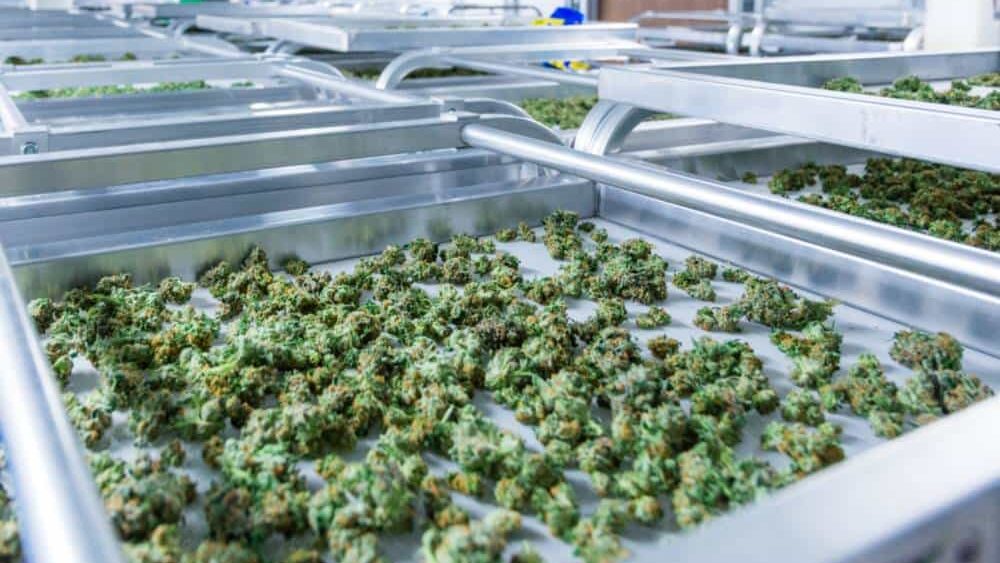
Key Steps in the Extraction Process
Step 1: Supercritical CO2 Extraction
Supercritical CO2 extraction uses pressurized carbon dioxide to extract cannabinoids and terpenes from the plant material. This highly selective and tunable process allows manufacturers to target specific compounds like CBD.
Why CO2 Extraction?
- Leaves no solvent residue.
- Tunable for specific cannabinoid profiles.
- Environmentally friendly and sustainable.
Step 2: Winterization – Refining Crude Oil
The initial extract contains plant fats, waxes, and lipids that must be removed. This refinement process is called winterization.
Winterization Process:
- Mix with Ethanol: Combine the crude extract with 200-proof ethanol and stir thoroughly.
- Freeze: Place the mixture in a freezer overnight. The cold temperatures solidify unwanted fats and waxes.
- Filter: Use a Buchner funnel or similar filtration system to remove solids.
- Evaporate Ethanol: Heat the filtered solution to evaporate the ethanol, leaving behind purified oil. Recovered ethanol can be reused for subsequent batches.
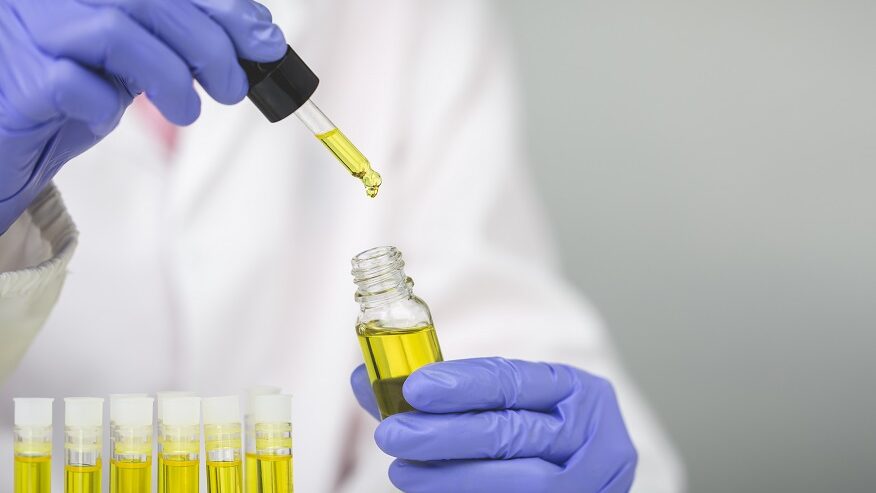
Step 3: Short-Path Distillation
To isolate CBD and further refine the extract, short-path distillation is used. This technique separates compounds based on their boiling points.
Short-Path Distillation Steps:
- Heat the Oil: Gradually increase the temperature of the winterized oil.
- Separate Compounds: As each compound vaporizes at its boiling point, it is collected separately.
- Isolate CBD: The final product is a highly purified oil, ready for use in various applications.
The Benefits and Uses of CBD Oil
CBD oil works with the body’s endocannabinoid system to regulate pain, mood, sleep, and more. Unlike synthetic substances, cannabidiol interacts naturally with the body, minimizing side effects. Some of its most common uses include:
- Reducing anxiousness and stress.
- Alleviating chronic pain and inflammation.
- Supporting better sleep.
- Supporting neurological health.

The Entourage Effect
While CBD isolates provide pure cannabidiol, full-spectrum products containing multiple cannabinoids, terpenes, and other plant compounds offer the Entourage Effect. This synergistic interaction enhances therapeutic benefits, making full-spectrum products increasingly popular.
Comparing Extraction Methods: Why Choose CO2?
Different extraction methods offer unique benefits and challenges. Here’s how CO2 extraction compares to ethanol and hydrocarbon methods:
| Extraction Method | Pros | Cons |
|---|---|---|
| CO2 Extraction | Pure, solvent-free, tunable for specific compounds | Higher upfront equipment cost |
| Ethanol | Fast and cost-effective | Extracts chlorophyll, which requires extra processing |
| Hydrocarbon | Great for dabbable products like shatter | Highly flammable, expensive facilities required |
Start Your Production Journey with extraktLAB
ExtraktLAB provides end-to-end solutions tailored for the CBD industry, from extraction systems to post-processing equipment. Our advanced systems ensure efficiency, scalability, and safety, whether you’re producing isolate or full-spectrum oil.
Ready to Upgrade Your CBD Extraction Process?

Contact Us To Get Started Today



